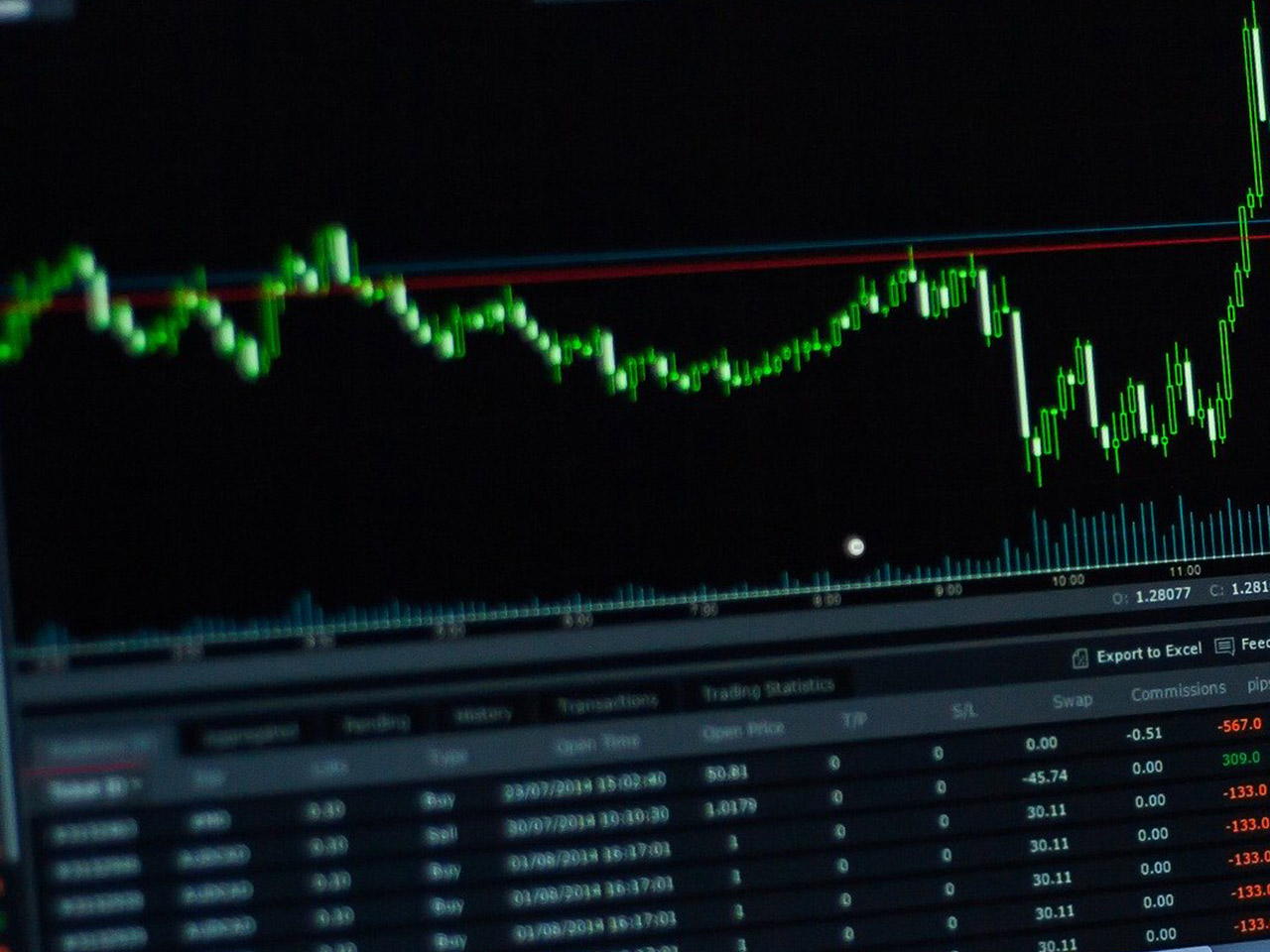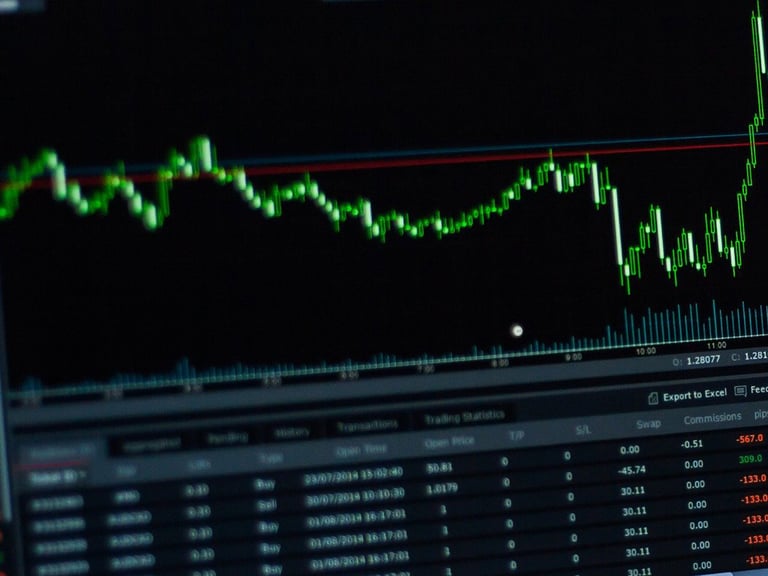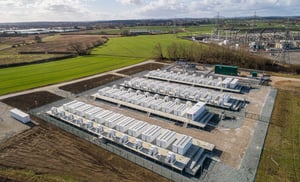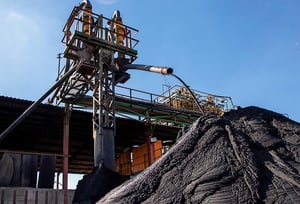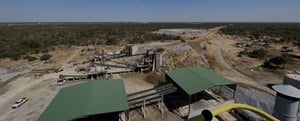BP p.l.c. (BP.L), a stalwart of the British energy sector headquartered in London, is at a critical juncture that presents both significant challenges and opportunities. As the energy landscape evolves, BP’s current valuation and market position offer intriguing prospects for investors seeking exposure to integrated oil and gas operations with a robust dividend yield.
BP operates within the Energy sector, focusing primarily on Oil & Gas Integrated industries. With a market capitalisation of $59.54 billion, BP is a major player on the global stage, involved in diverse operations ranging from oil production and renewable energy to convenience retail and electric vehicle charging. Despite its vast scale and diversified portfolio, BP currently trades at 349.75 GBp, marking the lower boundary of its 52-week range of 349.75 to 539.10 GBp.
One of the standout figures attracting investor interest is BP’s potential upside of 43.82%, based on an average analyst target price of 503.00 GBp. This suggests a significant rebound opportunity if BP can navigate its current challenges effectively. Notably, BP receives a mixed bag of analyst recommendations, with six buy ratings and twelve hold ratings, reflecting cautious optimism about its future trajectory.
The financial metrics underscore some of the hurdles BP faces. The company’s revenue growth has contracted by 12.90%, signalling headwinds in its operational environment. Furthermore, BP’s return on equity stands at a modest 1.50%, indicating subdued profitability. Despite these figures, BP’s free cash flow is a staggering $17.15 billion, showcasing its strong cash generation capability, which is a vital cushion in turbulent times.
BP’s dividend yield of 6.53% is another compelling aspect for income-focused investors. However, the extraordinarily high payout ratio of 1,316.37% raises questions about the sustainability of such dividends, particularly in a period of declining revenue and earnings. Investors would do well to keep an eye on any strategic shifts that could impact BP’s dividend policy in the near term.
From a valuation perspective, the absence of traditional metrics such as P/E and PEG ratios suggests that BP’s current market price might not fully reflect its intrinsic value, potentially due to the volatile nature of the energy markets and recent financial performance.
Technical indicators provide a mixed picture. BP’s current price is below both its 50-day and 200-day moving averages, which are 432.04 and 419.62 respectively, suggesting a bearish trend in the short to medium term. The Relative Strength Index (RSI) of 60.08 indicates that BP is neither overbought nor oversold, while the negative MACD of -11.48 aligns with the bearish sentiment.
BP’s diversified business model, spanning traditional oil and gas as well as emerging renewable energy sectors, positions it well for the long-term energy transition. However, short-term market dynamics and financial metrics suggest a need for caution. Investors should weigh BP’s high free cash flow and dividend yield against its revenue contraction and the broader sectoral challenges.
As BP continues to navigate the complexities of the energy market, its ability to adapt and innovate will be critical in realising the potential upside. For investors, BP remains a classic case of balancing risk with reward, as it seeks to balance legacy operations with future growth initiatives.

